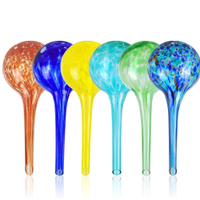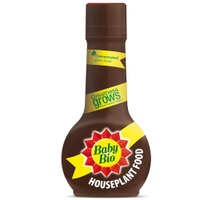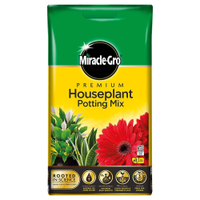How to Care for a Monstera Plant: an expert guide to keep your tropical friend happy
If you want your monstera plant to soar amongst your other houseplants then follow this simple care guide
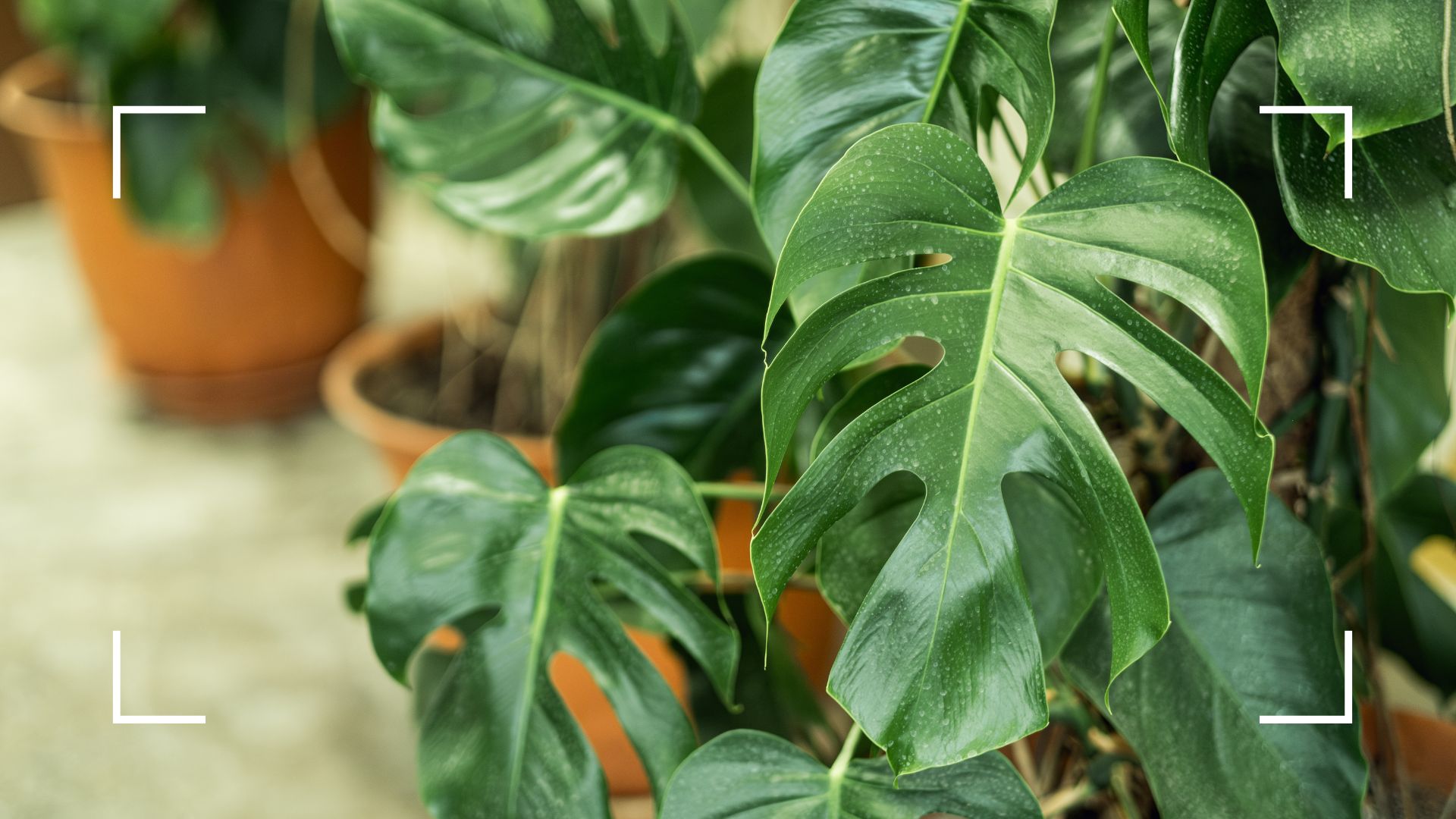

As one of the most impressive growers in the plant world, a monstera is surprisingly easy to take care of. However, it's also prone to being rather dramatic, so it's important to know exactly how to keep it happy and healthy.
Whilst it's not renowned for being one of the easiest houseplants to keep alive, the monstera plant is a relatively low-maintenance species. Especially compared to looking after a bonsai tree or caring for a Venus fly trap.
Despite this somewhat simple care routine, not too dissimilar to caring for a peace lily, if you want to grow your monstera plant tall and as leafy as can be you'll need to know the key conditions to help it flourish.
How to care for a Monstera Plant: 5 easy steps
Monstera plants are one of the best indoor plants for your health and well-being, they're also one of the most aesthetically pleasing species of houseplant with their generous glossy leaves
The popular monstera plant is sometimes better known as a Swiss cheese plant due to its famous holey leaves. This defining characteristic is known as leaf fenestration – the process of the leaves growing holes which has evolved as a result of the plant adapting to allow light to reach the lower canopy of leaves. Because, in their natural habitat of tropical forests these glorious green giants can grow to great heights.
The amount of holes is a good indicator of how happy your monstera plant is. Those growing in incorrect light conditions often don’t have as many holes, showing how important bright but filtered light is for these tropical houseplants
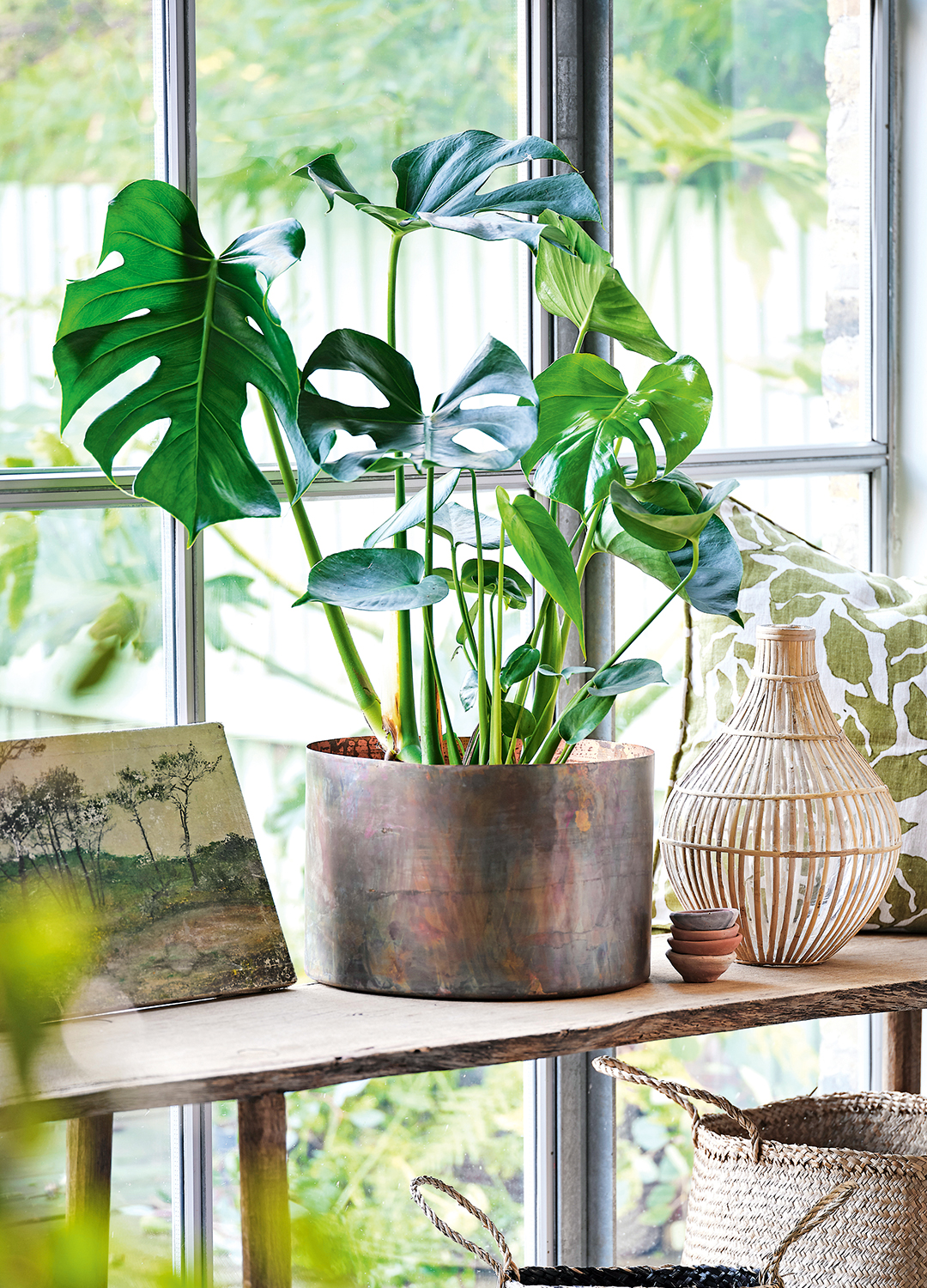
Their giant leaves and impressive growth rate have solidified them as a plant parent favourite, but how can you keep them looking their best?
Sign up for the woman&home newsletter
Sign up to our free daily email for the latest royal and entertainment news, interesting opinion, expert advice on styling and beauty trends, and no-nonsense guides to the health and wellness questions you want answered.
Hailing from tropical climates these plants are never more at home than when in warm, humid and bright conditions. We consult leading plant experts to find out more...
1. Find the right location with light and warmth
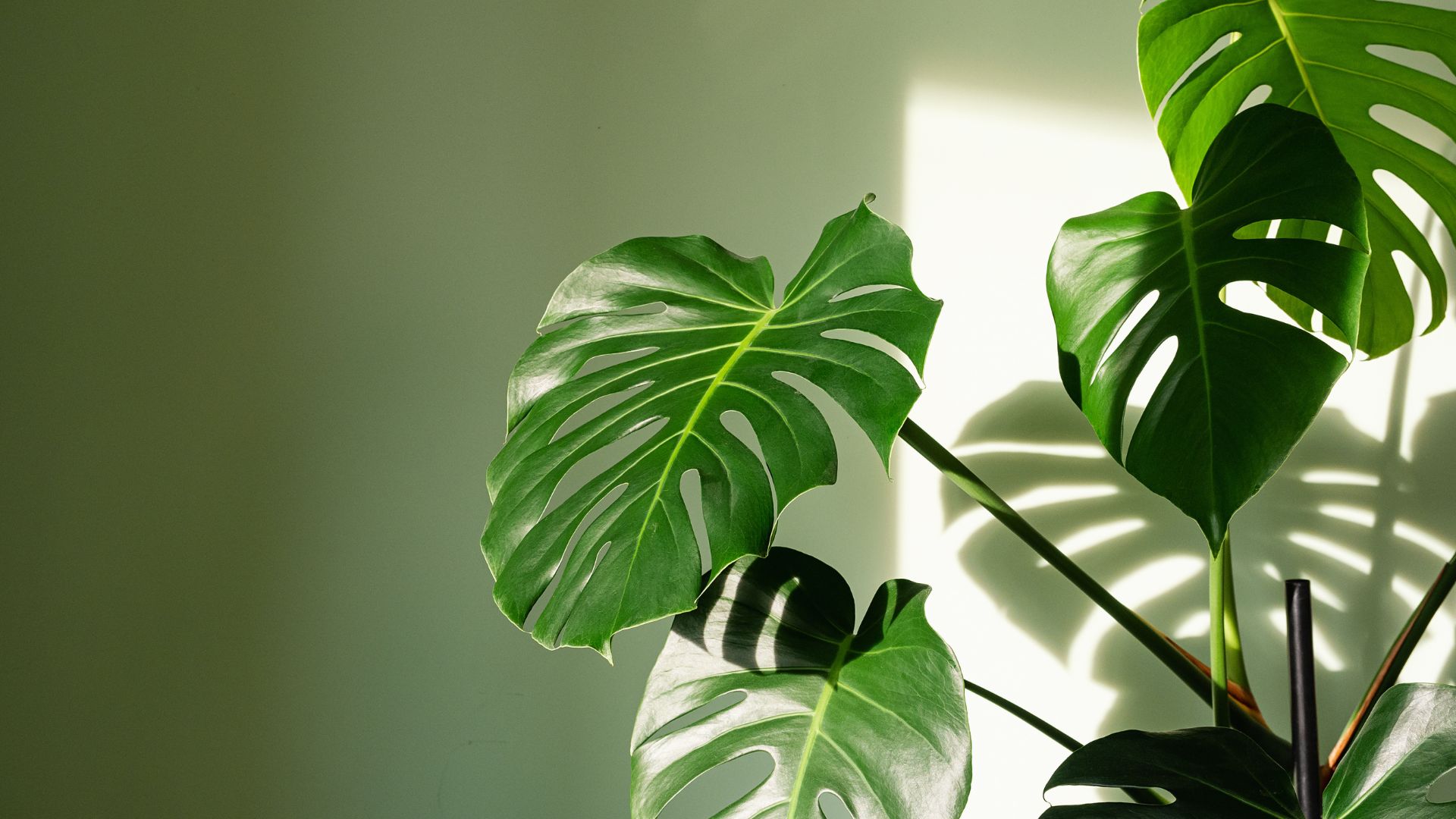
Placing your plant in a space where it receives too much or not enough sunlight is one of the most common houseplant mistakes you need to avoid. Too much sunlight can lead to scorched leaves and dried soil but not enough can be a death sentence for your plant too.
"Start by positioning your Monstera plant in any area with plenty of light to ensure the best growth," says gardening and plant expert John Clifford from Gardenstone.
While they love light exposure be sure they are not in direct sunlight all day, the light should be bright but indirect for most of the day. I have one that is exposed to full sun in the early morning hours but is then bathed in daylight rather than harsh direct sunlight after that and it is thriving as a result – a lesson learnt after asking why my monstera leaf tips were turning brown.
John continues: "Monstera plants prefer temperatures from 15-25 degrees so make sure that there are no drafts in this location."
Being from tropical rainforest conditions the monstera plant is best suited to more humid environments, and could be considered a great plant for helping with condensation because it will benefit from high humidity – meaning bathrooms are an ideal environment, provided there is good light exposure.
And whilst you're deciding placement, some common houseplants are toxic to cats and dogs and unfortunately the monstera plant is one of them. So keep them out of paw reach!
2. Determine a Watering routine that suits
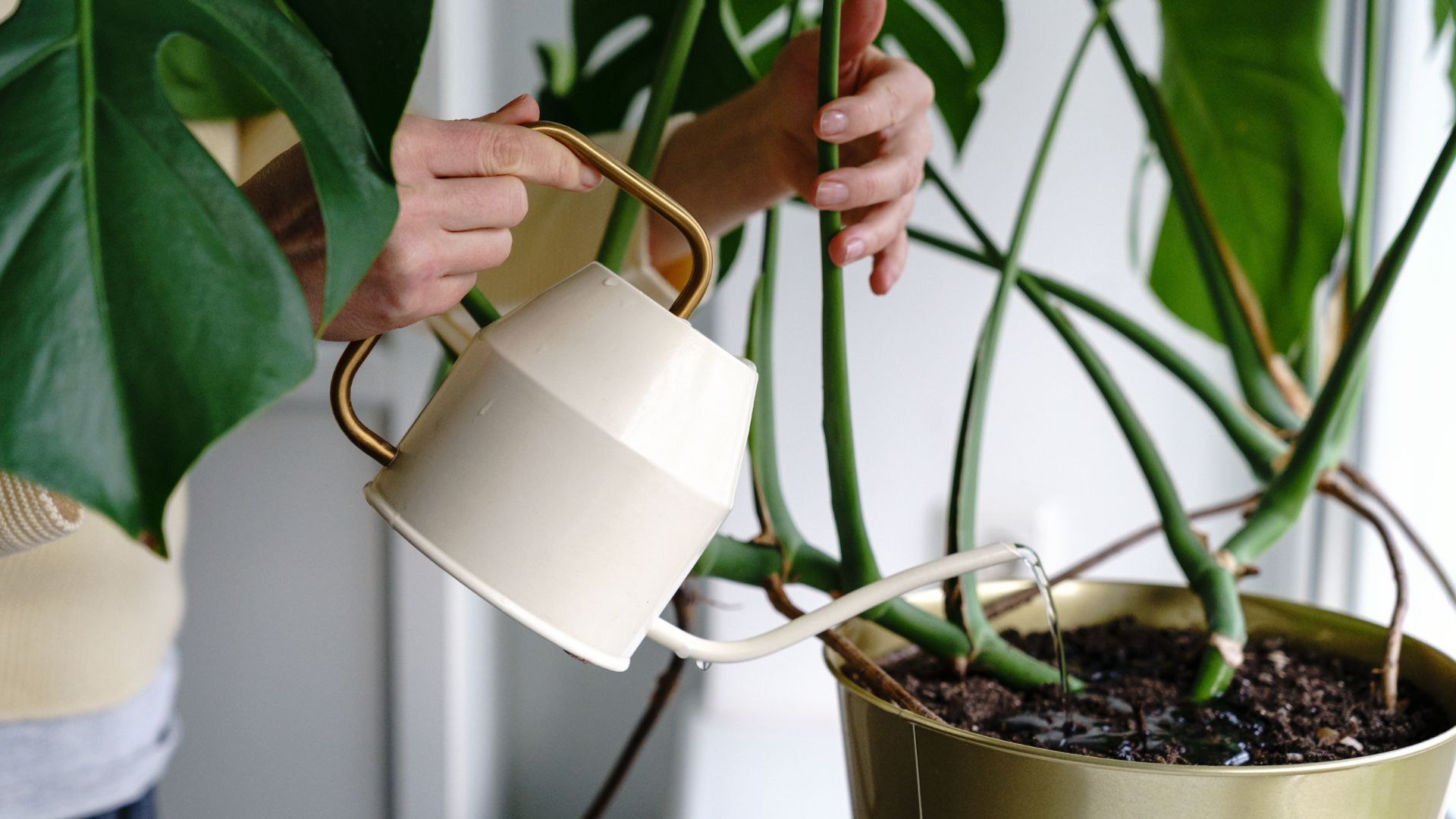
Knowing how often you should be watering your houseplants is one of the most important steps to caring for any species. Watering, similar to sunlight, can be a life and death matter for a plant whether that's too much or not enough.
"Monstera plants like to be moist so water regularly, usually when the soil is 50% dry. When watering make sure the water pours through the drainage hole to ensure the entirety of the soil is wet," explains John.
You'll want to avoid waterlogging as this can lead to root rot, which is a super nasty disease for your plants to get and it can be near impossible to remedy. Overwatering can also lead to mould growing on the topsoil of your plant.
Misting your monstera plant is a great way to ensure it doesn't dry out but also that it doesn't become overwatered.
AMFUN Plant Watering Globes Stakes, £17.99 for 6 at Amazon
These attractive hand-blown colourful glass watering devices are an easy way to employ a self-watering feeding system for your indoor potted plants. Perfect to prevent overwatering your snake plant.
3. Fertilising
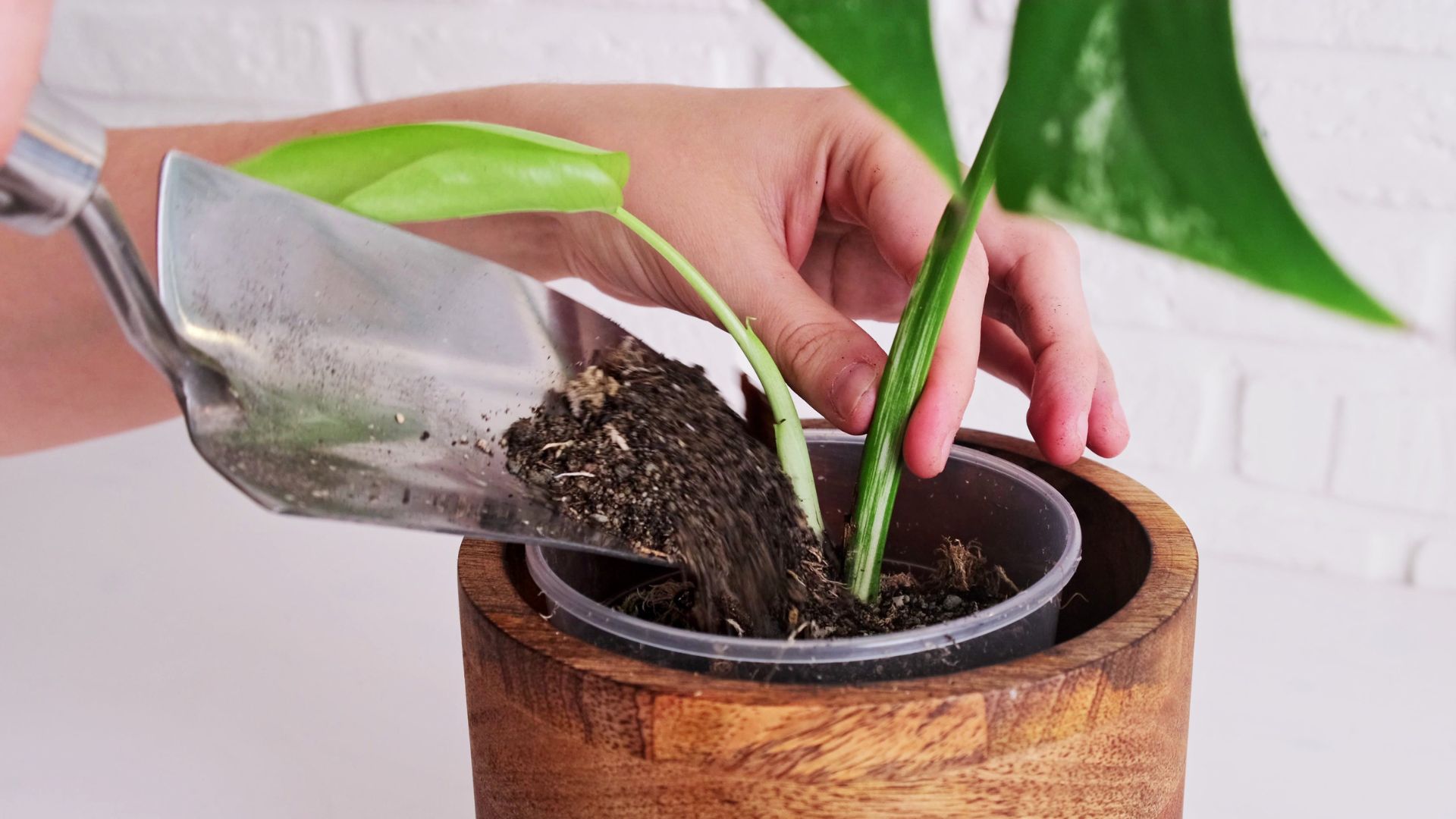
Some plant species will need added fertilisation more than others. For example, when caring for an orchid, their nutritional needs are vastly different to those of a monstera plant. So much so they require specialised fertiliser and soil, monsteras however a little less particular.
Plant expert at MyJobQuote, Fiona Jenkins, says, "Once a month throughout spring and summer you can give your monstera a feed with liquid fertiliser to help it grow and stay in tip-top condition."
Through the winter your plant becomes a little more independent so we wouldn't recommend feeding through the colder months.
Baby Bio Houseplant Food: £1.99 at Amazon
Feed your Monstera with this cult classic plant food, also Amazon's Choice buy. The trusted fertiliser is made to help grow vibrant and healthy indoor plants to provide the right nutrients.
4. Potting
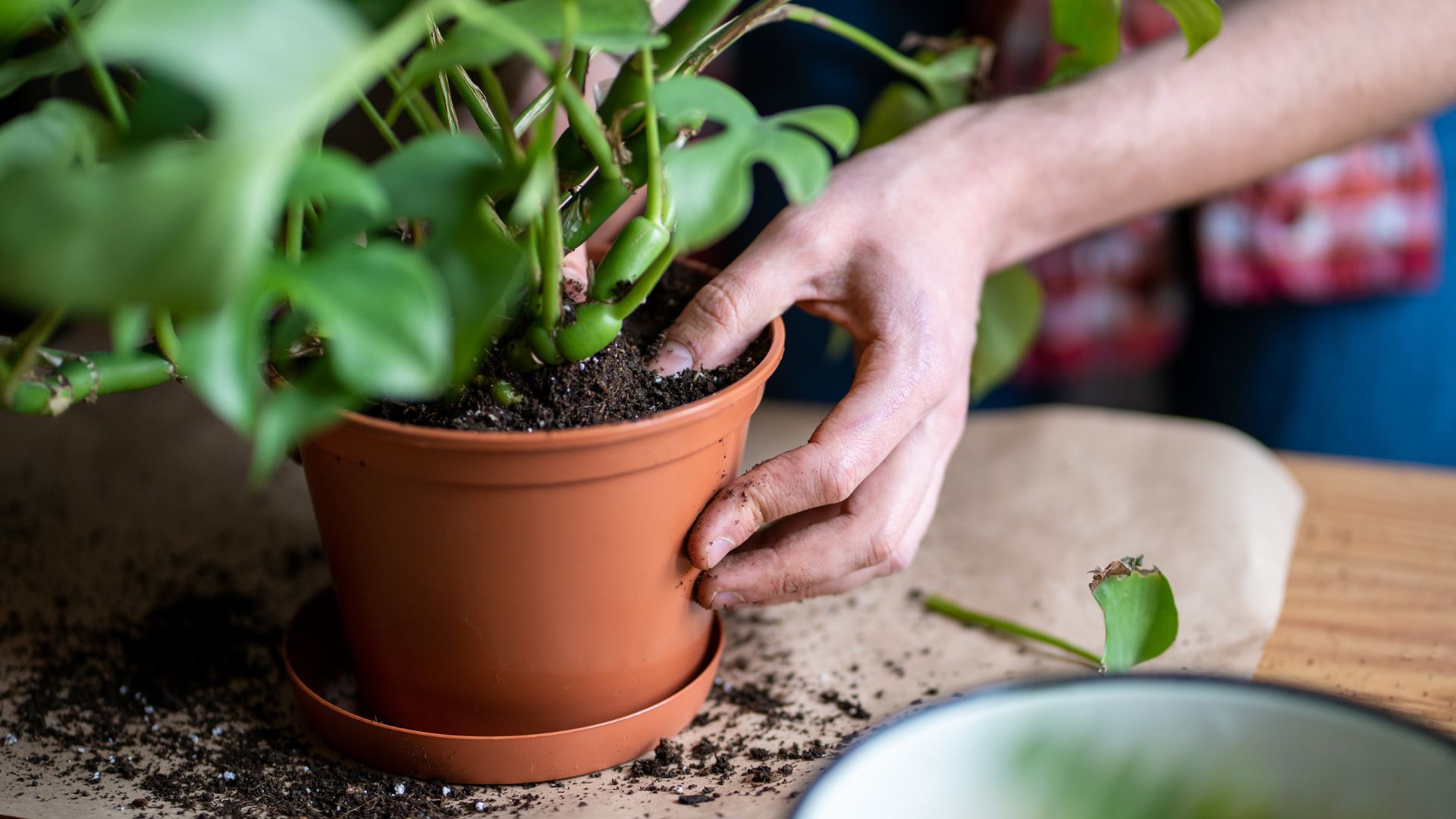
As mentioned, monsteras are quick to grow wild and tall which is why it's important to know how to repot the houseplant when it needs it. But how do you know when to repot a plant?
"If the roots of your Monstera plant start to grow out of the bottom of their pot or the soil becomes dry quickly after watering, this is an indicator that it needs moving into a larger pot," explains John.
Now you know when your monstera will need repotting, how do you do it? John says, "To repot your Monstera, start by filling the new pot roughly one-third full with fresh soil. Then remove the current Monstera from its pot, you will want to do this by gently tipping the plant upside down and carefully removing it, ensuring that all the roots are still attached."
Should you be lucky enough to have a large monstera, John recommends asking for some extra hands and placing the plant on the ground when removing it. He goes on, "Then gently rub the root section to loosen the roots and remove old soil. Now take your Monstera in the new pot and fill the remaining gaps with fresh soil, leaving a small gap at the top of the pot."
When the plant is happily sat in its new home, place it outside or in the sink and water it until water is pouring out of the drainage hole and then leave to fully drain before returning to its place.
Miracle-Gro Premium Houseplant Potting Mix: £6.99 at Amazon
If your monstera needs repotting, this houseplant soil is perfect for supplying your plant with all the nutrients it needs. This compost gives your plant enough food for three months and it's built to encourage root growth and balance air in the soil.
5. Support
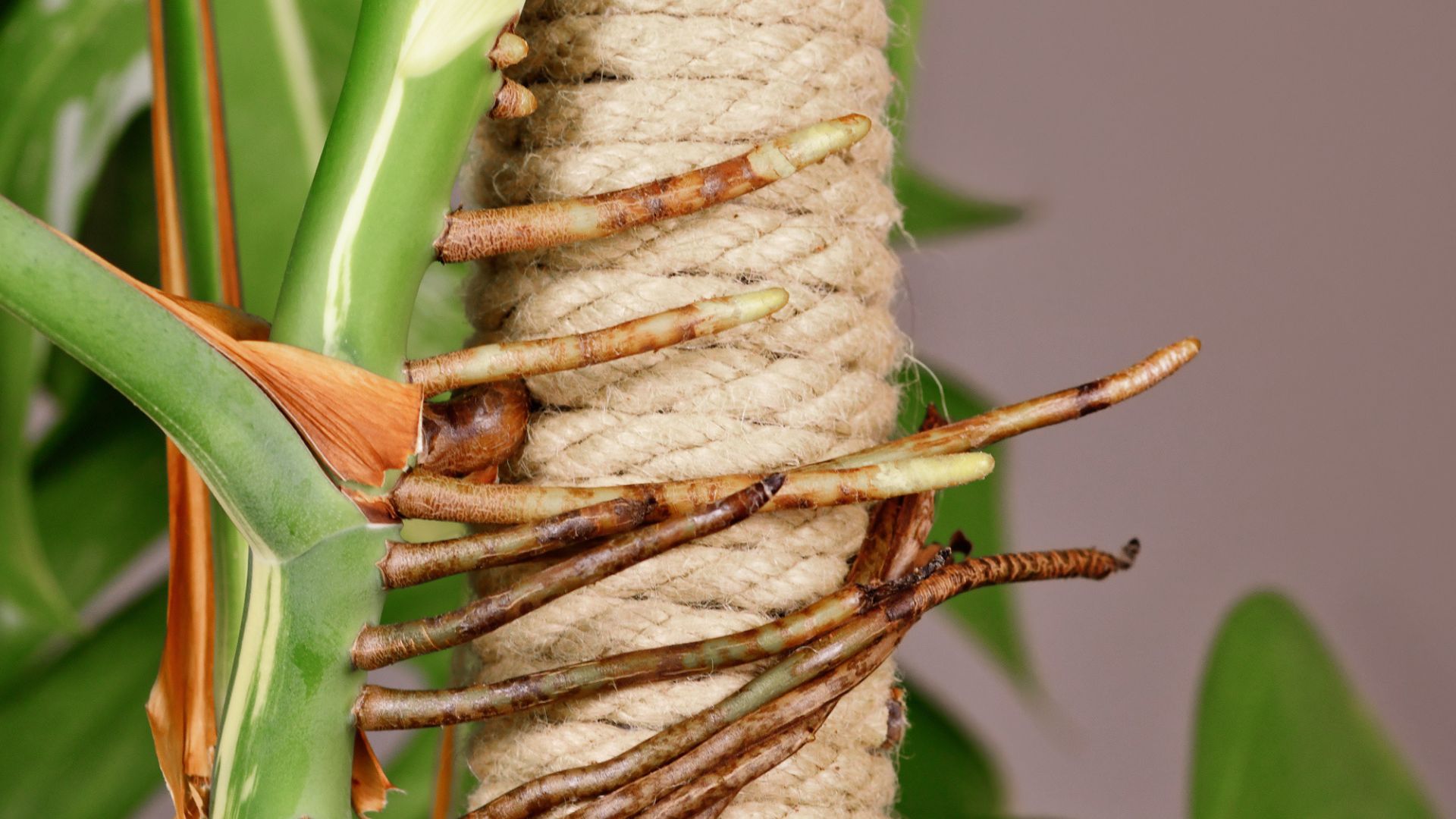
As mentioned previously, monsteras can become rather monstrous for lack of a better word. They can grow super tall and their leaves spread quickly making them quite unruly plants to have in your home. We wouldn't particularly recommend them if you're looking for ways to make your small room look bigger.
"As your plant grows, you may find it needs some support to stop it toppling over. To mimic the monstera’s natural habitat and give something for stems and aerial roots to cling to, you can use a dampened moss or coir pole," says Fiona.
Doing this early on in your monsteras life will mean it stays in a more tamed shape and doesn't suddenly take over your entire room.
FAQs
How often must I water a monstera plant?
Getting your watering routine can be hard work, especially if you've got several indoor plants to take care of. So there's no harm in really nailing down your watering routine, your monstera will certainly appreciate it.
"Typically, monstera plants should be watered every seven to ten days, although in winter months you may find that every two weeks is plenty. The less soil there is in the pot, the more frequently it will need watering," explains Fiona.
Ever wondered why your monstera is crying? Well, yellowing or water droplets appearing on the edges of your leaves can actually be a sign of overwatering. Fiona says it's important to check the soil before watering, even if it's been over a week since you last watered it.
"If you’re finding the soil is always dry, your plant may need repotting," she finishes.
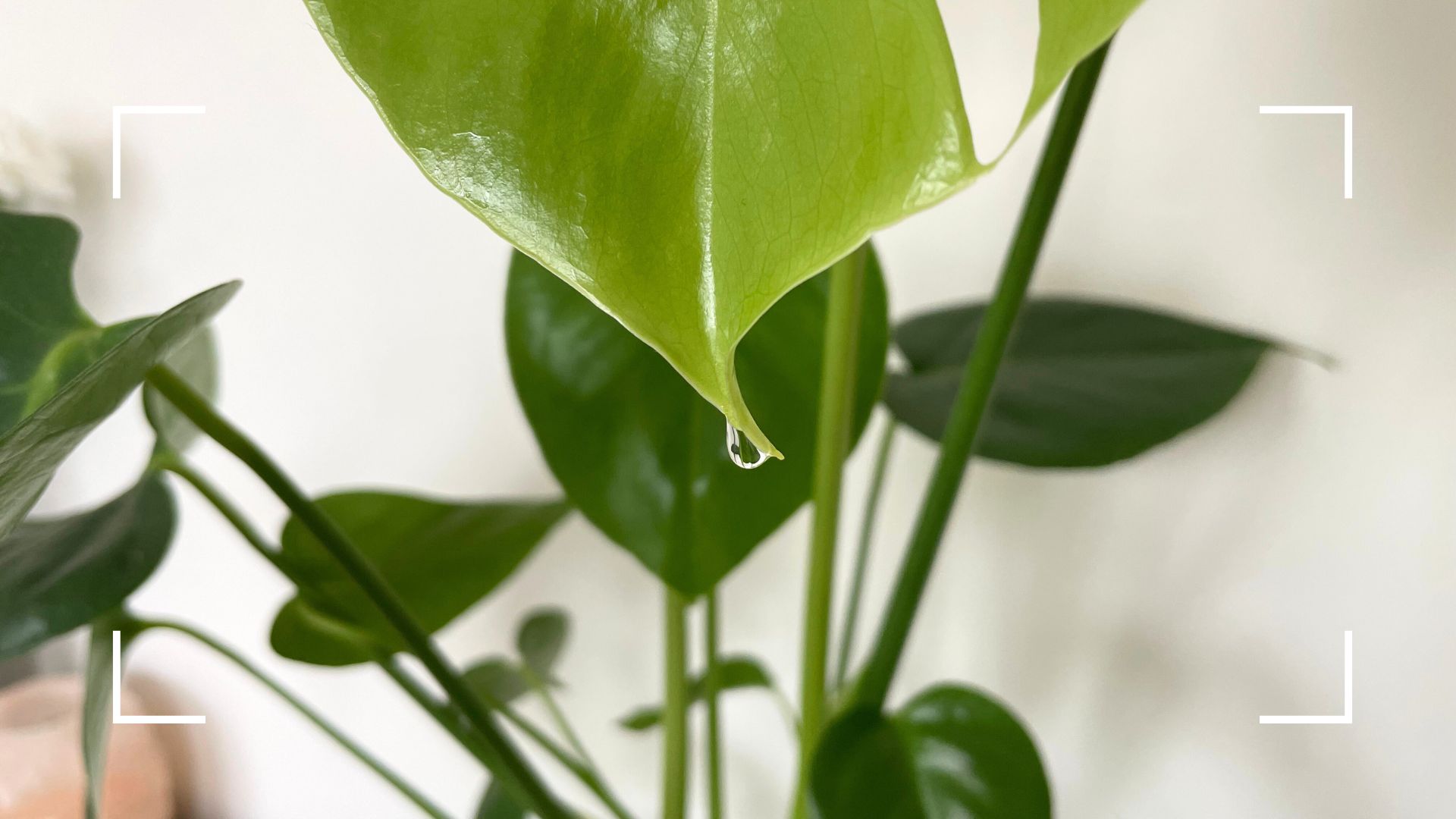
How do I know if my monstera plant is happy?
There are some positive signs to look out for that will prove you're doing a good job of looking after your plant. Whilst you might see your monstera turning yellow when it's dehydrating or dying, when it's thriving the opposite will be true.
Fiona says, "If your monstera is happy it will have a good spread of glossy green leaves and will be growing in an upright fashion. If there’s wilting or some browning or yellowing of the leaves, your monstera is starting to suffer."
How long do monstera plants live?
The growth rate of monsteras isn't the only impressive thing about them, they can also have rather lengthy lifespans too. And if you know how to take cuttings from a plant then you'll probably never have to buy another monstera in your life.
Gardening and plant expert at Fantastic Gardeners, Stanislav Donchev says, "Monsteras can live up to 50 years if you provide them proper care."
How big can monstera plants get?
Monsteras that you have in your home are a little different to those found natively in the rainforest, for many reasons but the height potential is the main one. However, as a houseplant, a monstera can still reach pretty shocking heights.
"If they’re given the right conditions, support, and space, they can grow anywhere from 1.8 to 2.4 meters tall and 2.50 meters wide. This plant tends to grow outwards and its leaves can reach 45 cm to 90 cm in length," explains Stanislav.
Knowing how to clean plant leaves can also make a huge difference to the success of your plant's growth. Dust can often act as a barrier between your plant's leaves and the sunlight it needs to thrive. Following our cleaning guide is a super easy way to avoid that, and your monstera plant will thank you for it!

Emily joined woman&home as a staff writer after finishing her MA in Magazine Journalism from City University in 2023. After writing various health and news content, she now specialises in lifestyle, covering unique cleaning hacks, gardening how-tos, and everything to help your houseplants thrive.
